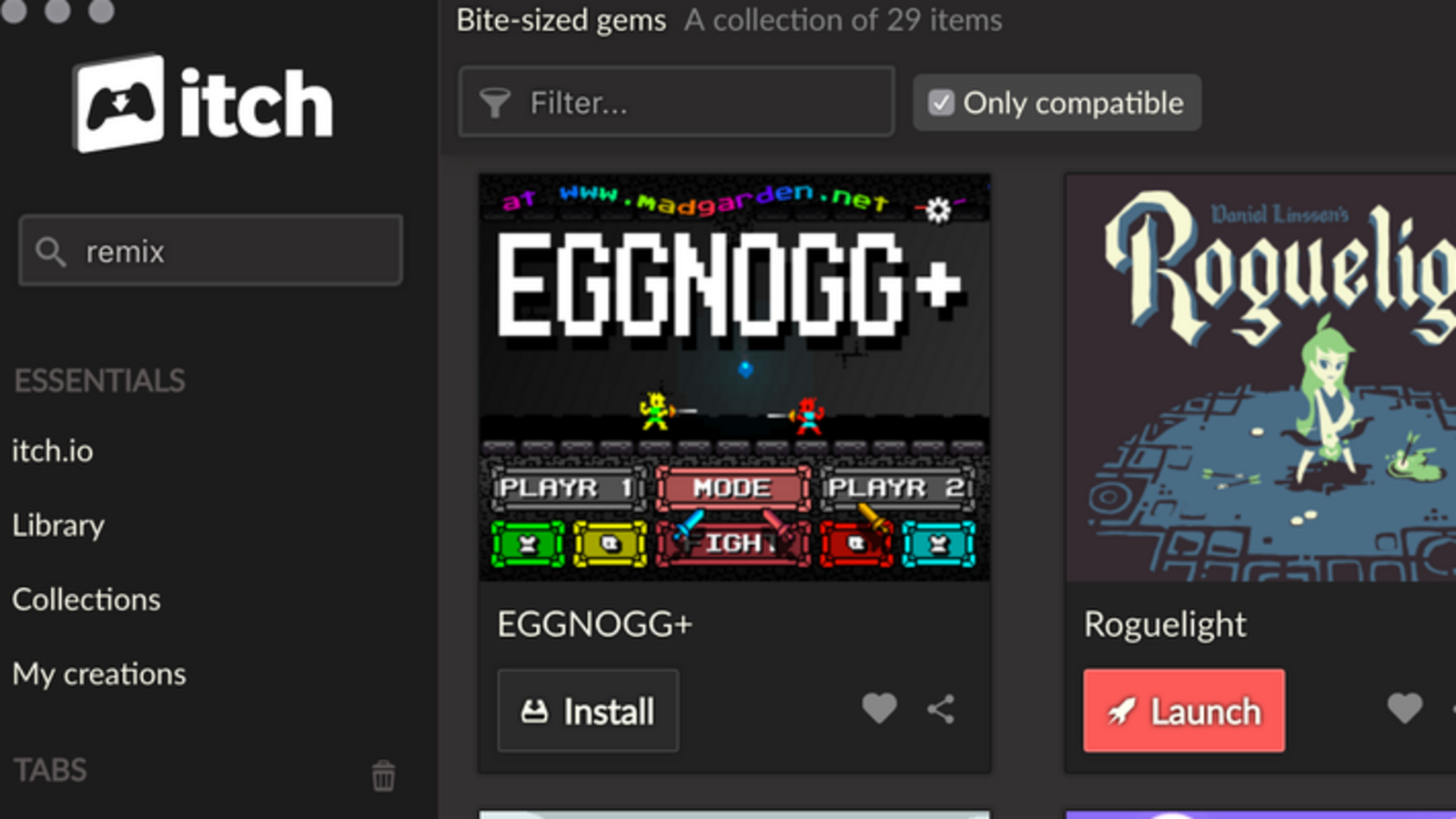-
In a recent announcement, EROAD downgraded its fiscal 2026 revenue guidance, reported up to NZ$150 million in North American asset impairments, and outlined a renewed focus on Australia and New Zealand alongside scaled-back North American activities.
-
This shift comes as challenges in North America, including a key customer loss and slower enterprise sales, prompt the company to reallocate resources toward emerging opportunities in its core markets.
-
With the company’s refocus on electronic road user charging in Australia and New Zealand, we’ll examine how this shapes EROAD’s investment narrative.
Trump’s oil boom is here – pipelines are primed to profit. Discover the 22 US stocks riding the wave.
To be comfortable holding EROAD shares right now, you’d need conviction in its ability to execute a fresh regional pivot following major shortfalls in North America. The company’s reset, moving growth focus and resources to Australia and New Zealand’s road user charging opportunities, marks a fundamental shift in its investment story. While previous catalysts centered on U.S. expansion and telematics innovation, the market’s sharp reaction to asset impairments and guidance cuts suggests near-term growth drivers will depend on how quickly EROAD can win or retain clients and secure contracts linked to new charging regimes in its home markets. The immediate risk is execution: reestablishing momentum in Australia and New Zealand is not guaranteed, and the heavy NZ$150 million impairment underscores uncertainty over any future North American contributions. The recent share price drop signals these risks are now firmly front and center for investors. On the flip side, the road to recovery in core markets comes with its own hurdles investors need to keep front of mind.
Despite retreating, EROAD’s shares might still be trading 43% above their fair value. Discover the potential downside here.
Seven members of the Simply Wall St Community estimate EROAD’s fair value anywhere from NZ$1.20 to NZ$4.96 per share. This wide range reflects big differences in expectations around EROAD’s growth rebound in Australia and New Zealand after its US setback. Comparing such varied outlooks with the company’s new strategic focus, it pays to see how your own view lines up.
Explore 7 other fair value estimates on EROAD – why the stock might be worth over 2x more than the current price!
Disagree with this assessment? Create your own narrative in under 3 minutes – extraordinary investment returns rarely come from following the herd.








